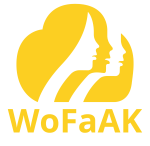Get to know more
About WoFaAK
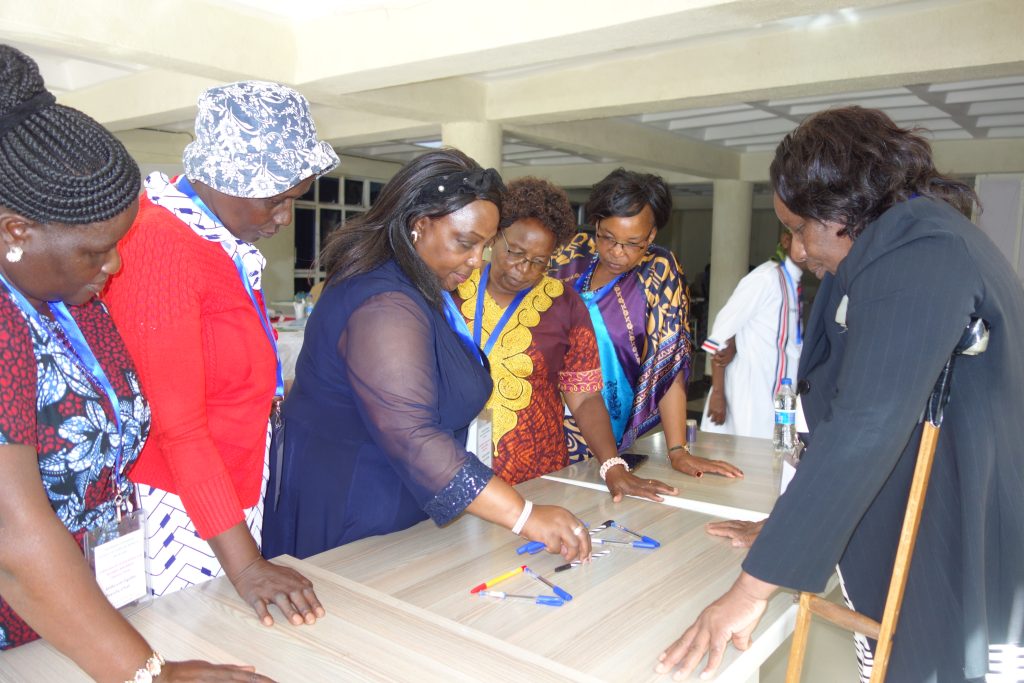
The Women Farmers Association of Kenya (WoFaAK) is the national umbrella organization of women farmers in Kenya. WoFaAK is a non-political, non-government and non-religious member based organization. The association was formed and registered pursuant to the provisions of the Societies Act, Cap 108 laws of Kenya in 2017. The association provides the women farmers of Kenya with a platform to articulate issues affecting them in agriculture.
The goal of WoFaAK is to address issues that impede women farmers from undertaking both profitable and sustainable agricultural enterprises with a view to improve their livelihoods. Agriculture is largely undertaken by women, particularly the production segment of the value chain. The WoFaAK therefore seeks to empower the women farmers to sustainably increase food and nutrition security, and incomes through her three pillars of ‘Capacity building, Mentorship and Entrepreneurship development (wealth creation)’. The objectives include; – women farmers’ mobilization, organization and capacity building to undertake viable farm enterprises.
Objectives
- Institutional development and organizational strengthening of WoFaAK.
- Organize women farmers into sustainable social-economical development structures.
- Foster beneficial partnerships.
- Enhance women farmers resilience to climate change.
- Lobby and advocate for an enabling policy environment.
- Effective information communication and knowledge management.
- Mentorship programme
Our operational pillars
anchored on the following three pillars:
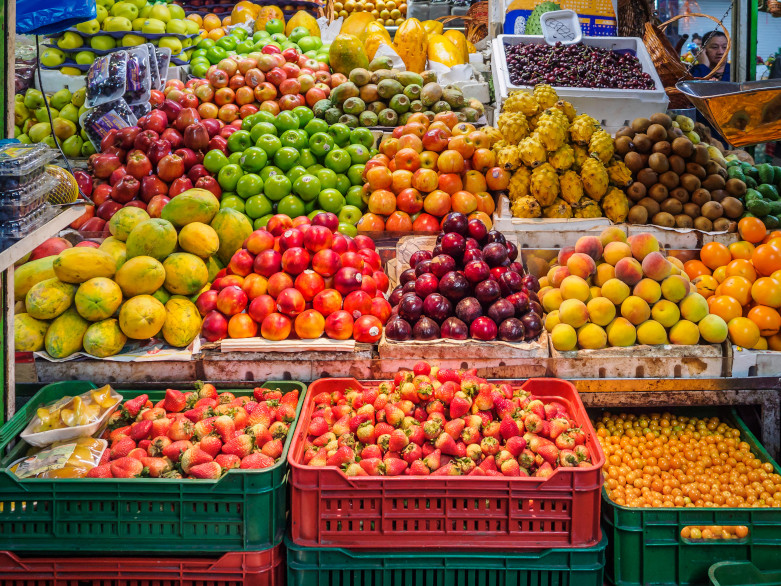
Wealth creation
Entrepreneurship
Employment
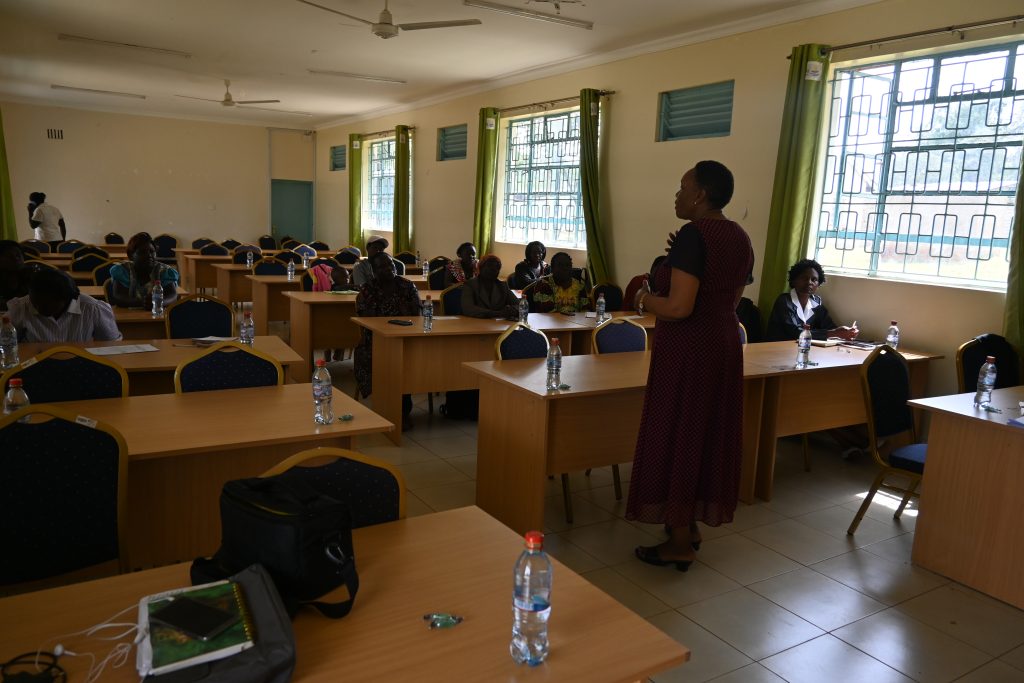
Mentorship
Business incubation
Champions
Exchange programs
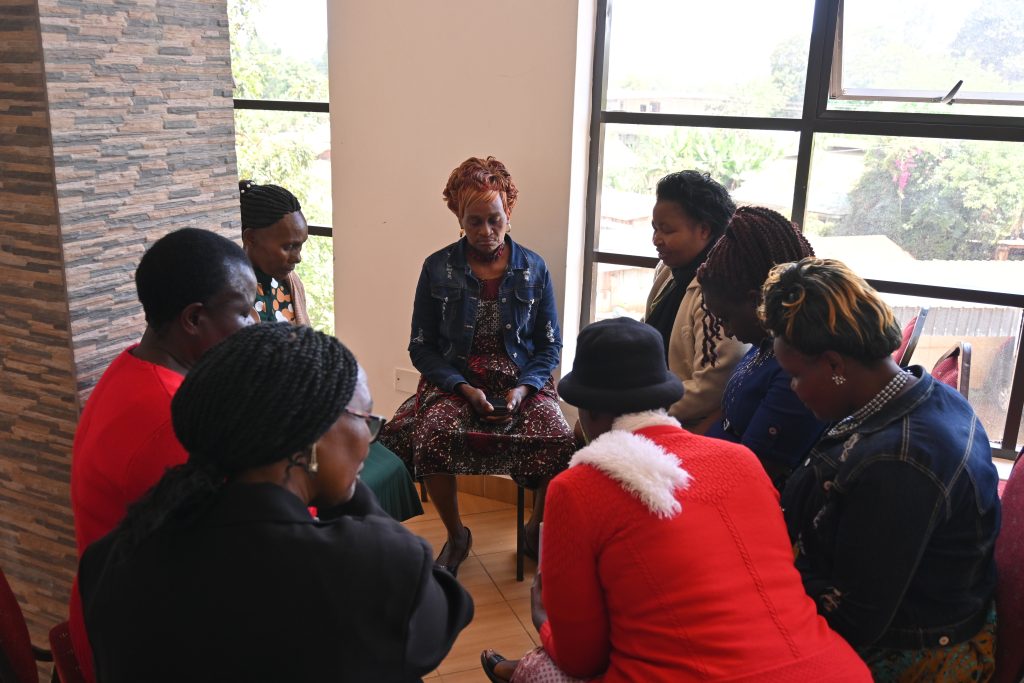
Capacity Building
Leadership and governance
Technical support
Networking, linkages and partnerships
WoFaAK management
WoFaAK management is organized into two arms:
Secretariat headed by a Executive Director
Governance organ headed by a chairperson
An intermediary to the two is the technical advisory arm that advises the board and the secretariat by offering
strategic advice aimed at positioning WoFaAK strategically globally, regionally and nationally in efforts to ensure women’s
voice in agriculture are heard and enable women to gainfully participate in agriculture.
Board of directors
This is the governing organ of WoFaAK that comprised of seven persons elected by members. They are the
organization’s policy makers and set the direction for the association to achieve its objectives, annual plans in
accordance with the Vision and the Mission.
Management
the organization on a day to day basis.
The organizational chart given below represents the hierarchy of power though it is subject to the changes
applicable and inevitable to the organization’s success.
Organizational
structure
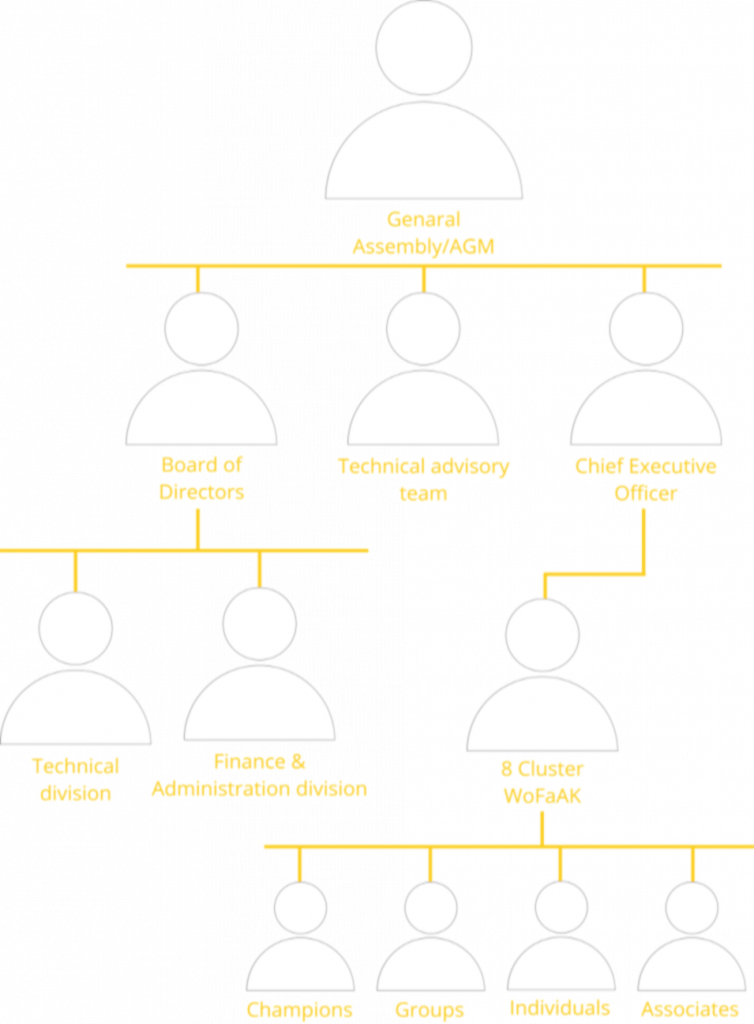
WoFaAK Board
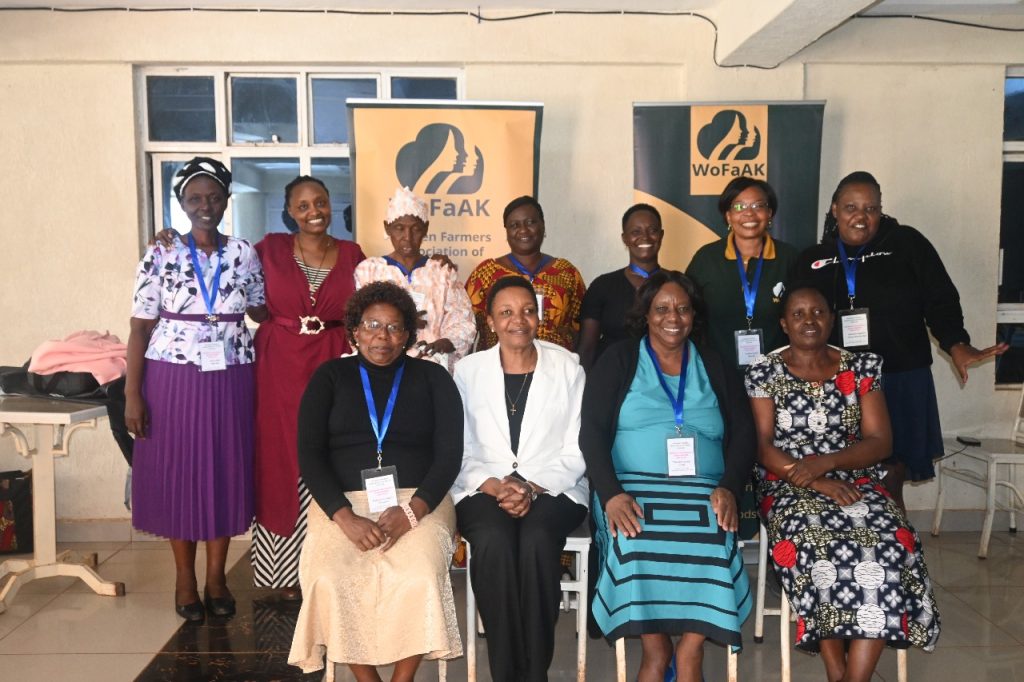
The current National WoFaAK board members and the secretariat
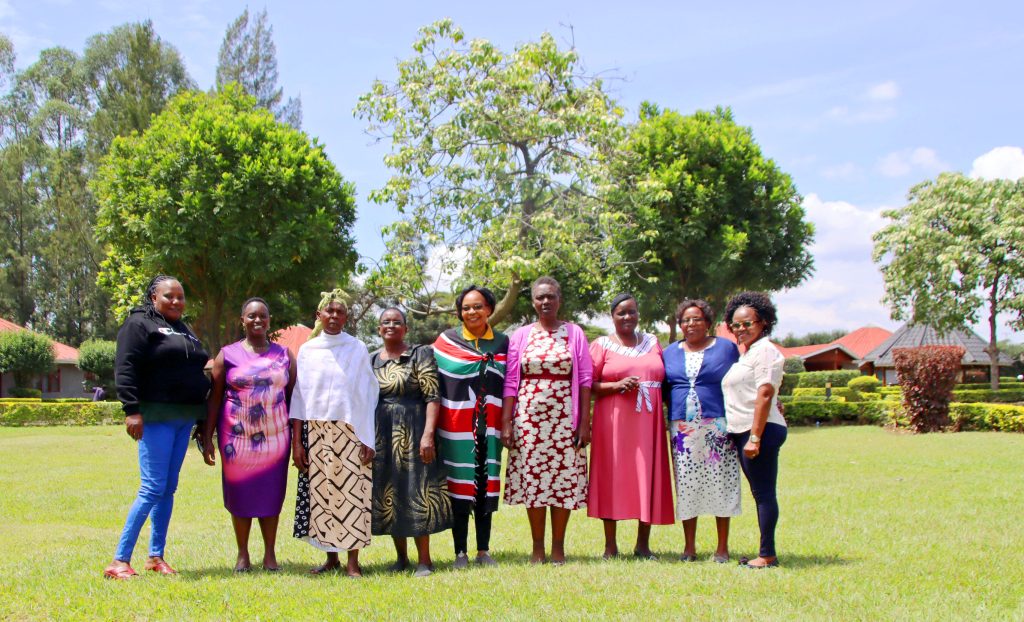
WoFaAK leaders
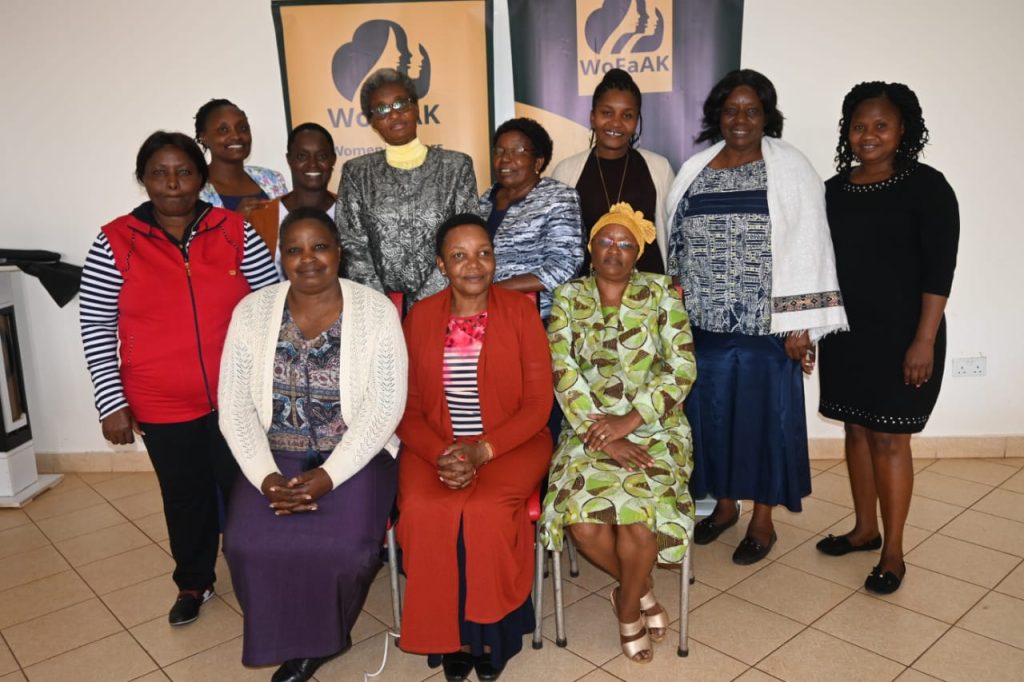
The first WoFaAK National Board
